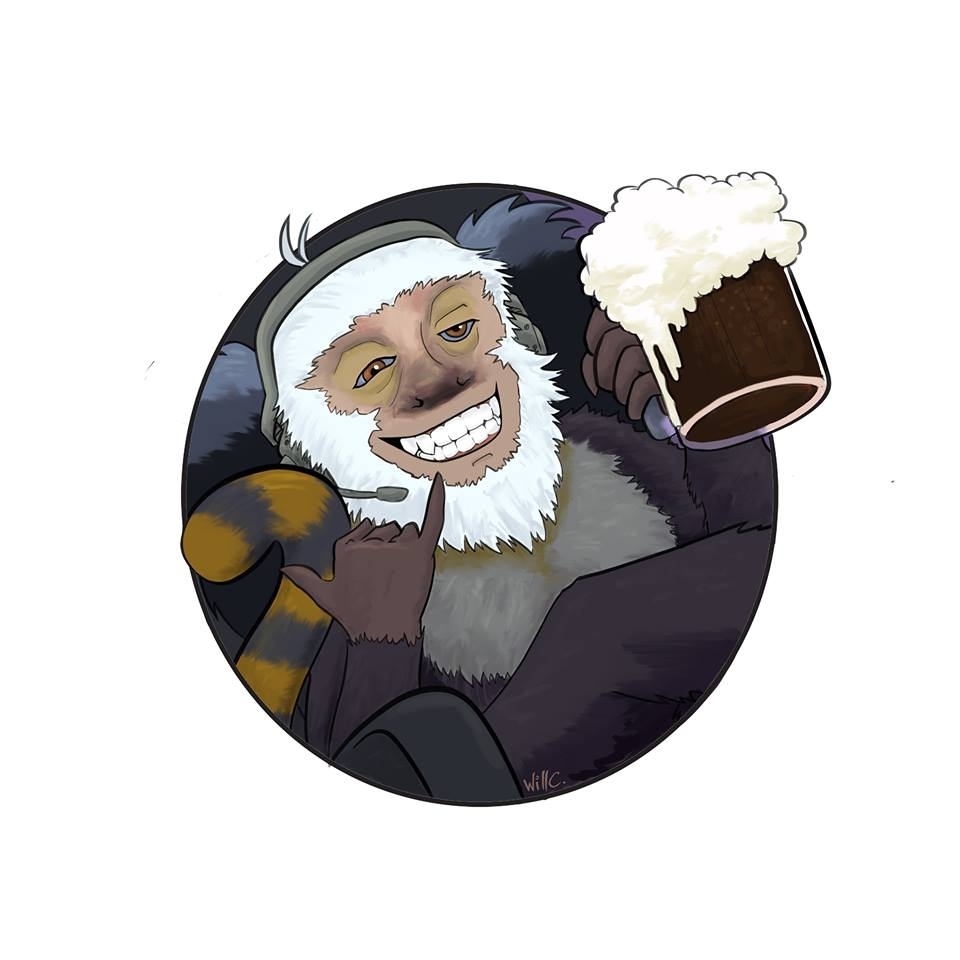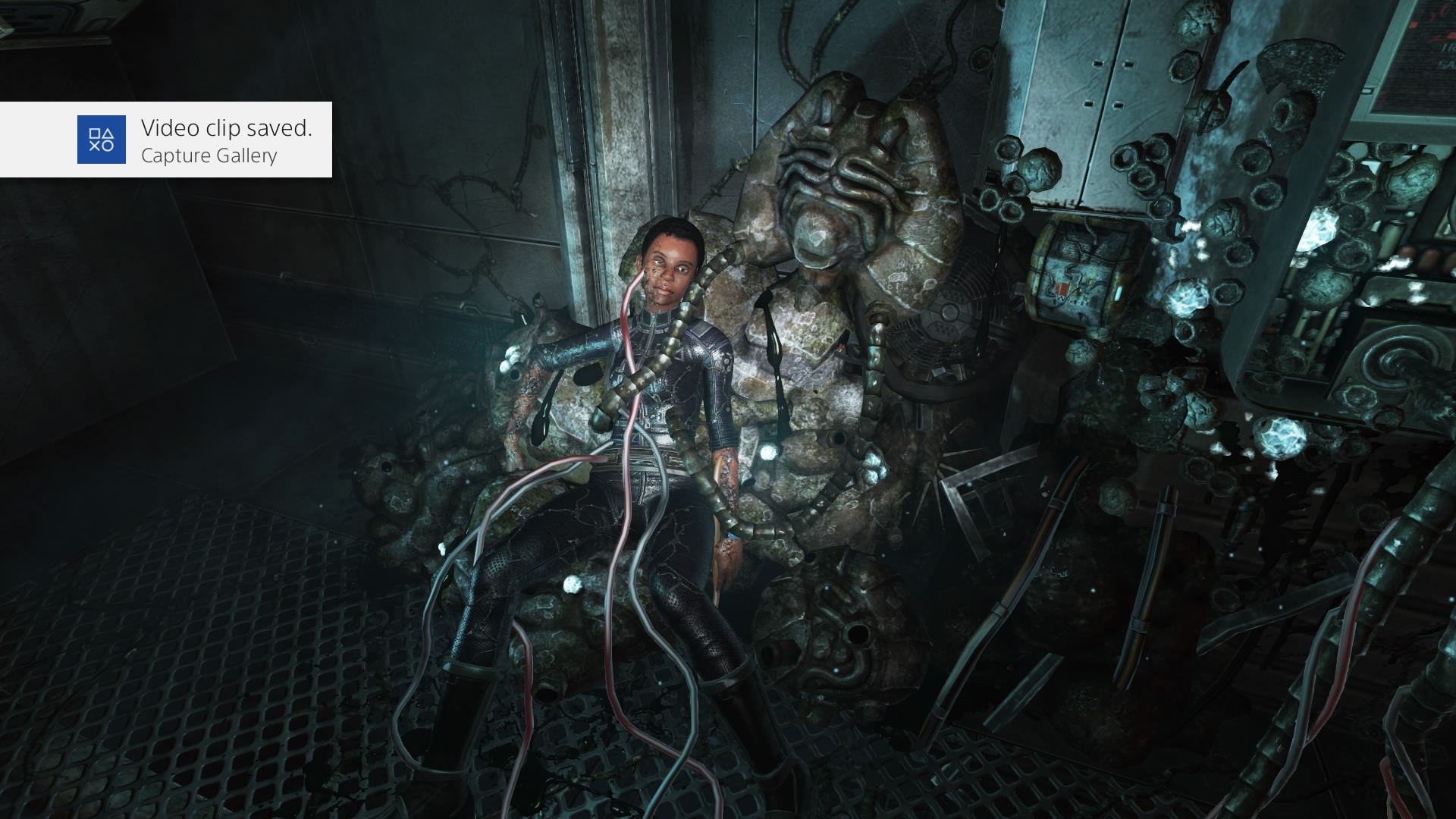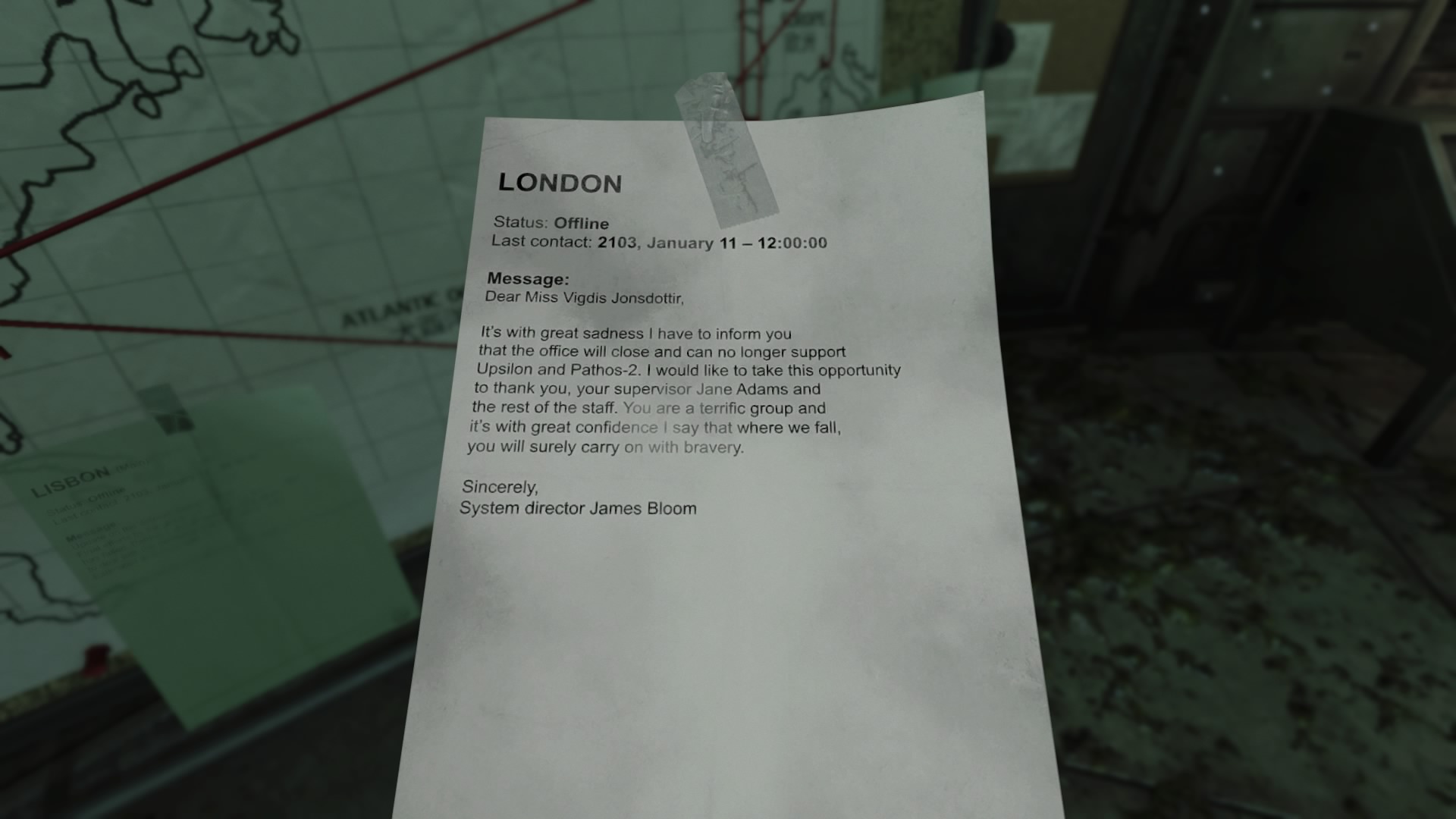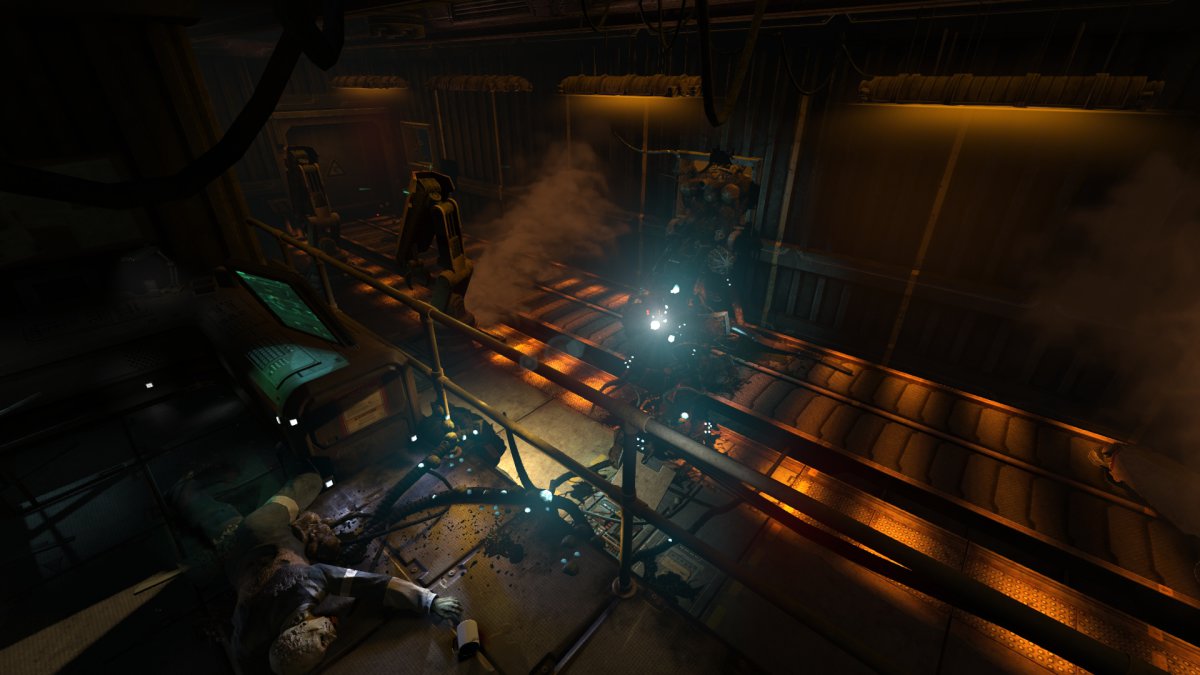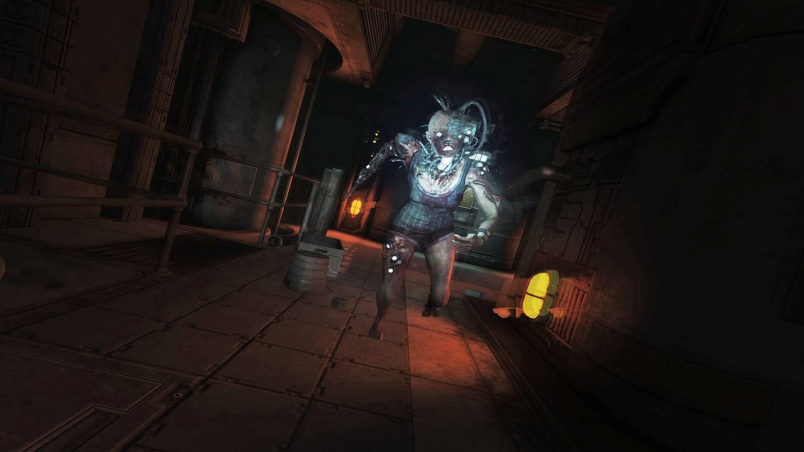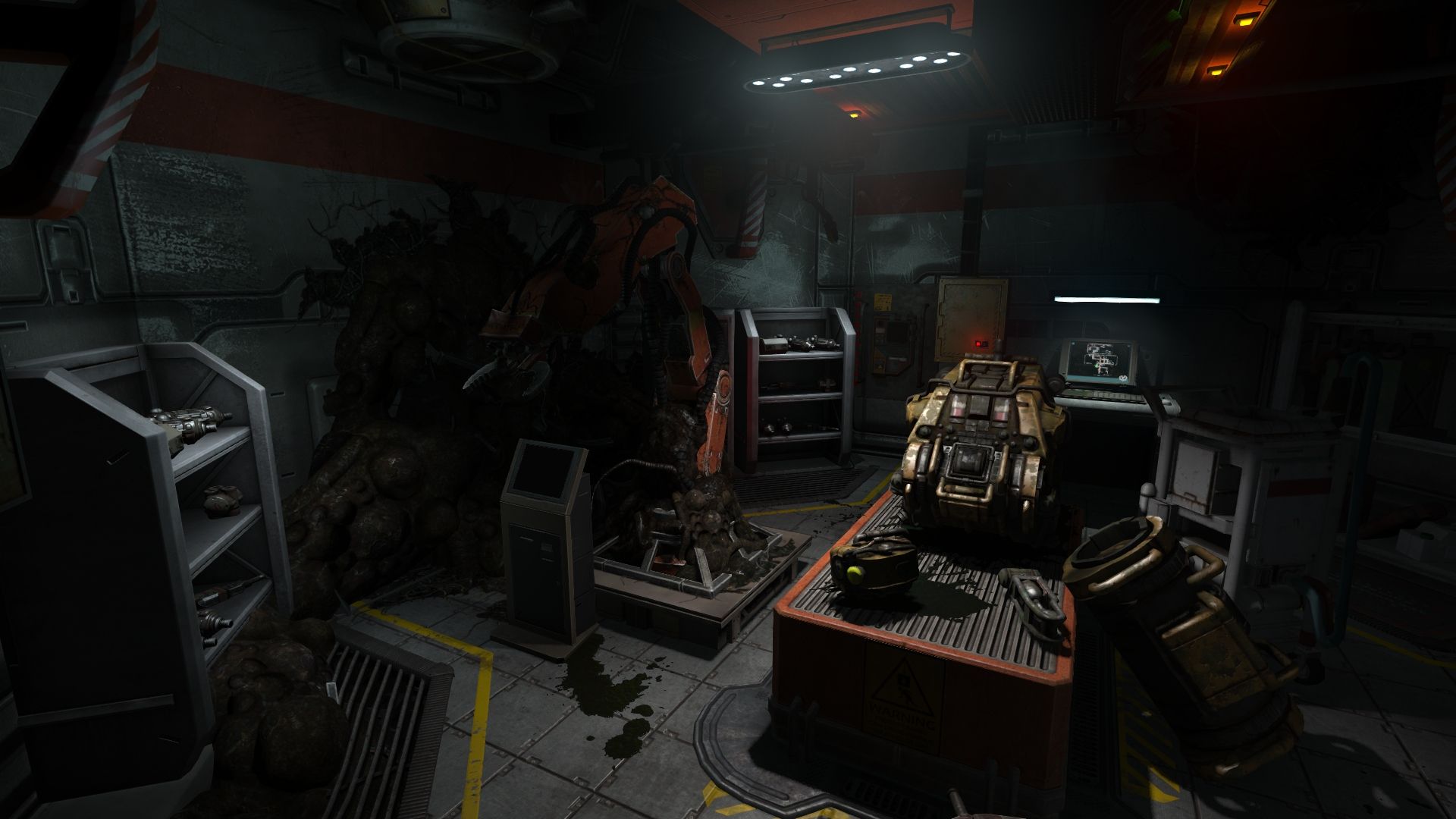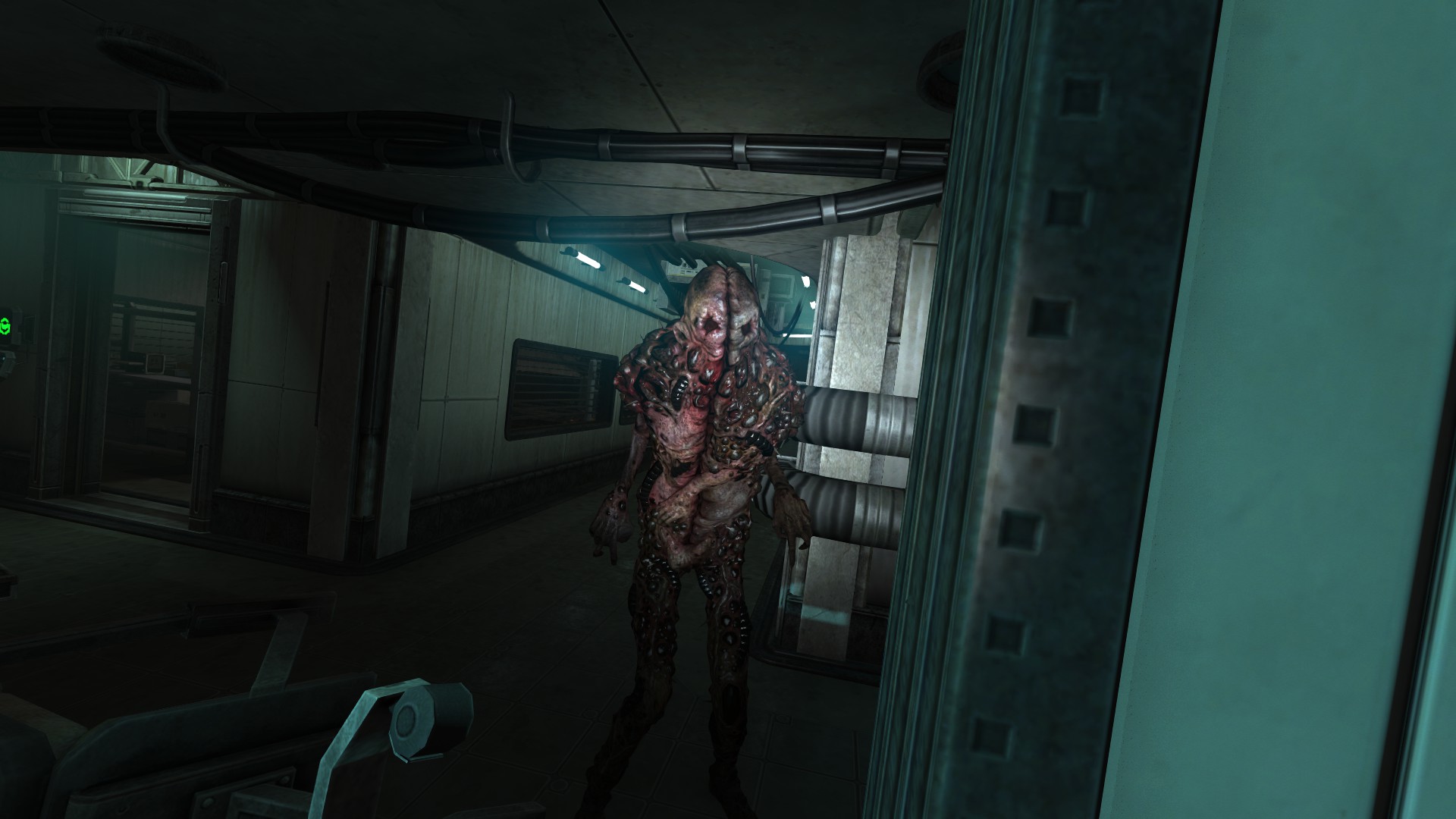SOMA: What Does it Mean, Anyway?
/SOMA is a game of introspection. What are you? What does it mean to be you? Is there a difference between you and your consciousness? Is the physical space you inhabit a part of “you?” What if there were suddenly multiple “yous,” all with the same memories, split off at one moment to experience largely different lives thereafter? How would they feel about one another? Which one would be the real “you?” Or are they all as real as the original? These are the questions Fractured Games’ SOMA poses to players in a science fiction horror adventure that frightens not nearly as much with its grotesque terrors and violation of life as it does by blurring the line between consciousness and simulation. Through plenty of monsters, puzzles, and enthralling atmosphere, SOMA asks an ancient question in the context of our lives’ increasingly digital existence; “What am I?”
SOMA takes place in a scientific installation at the bottom of the Atlantic Ocean during a catastrophic apocalypse. Our protagonist Simon Jarett mysteriously awakens here and quickly sets out to uncover what is happening to the world, the facility, and himself. It doesn’t take long until he becomes the unwitting hero, risking his life and braving shambling horrors to save the denizens of the sub-surface domain and give humanity one last chance. SOMA’s solution to extinction isn’t typical and is more central to SOMA’s experience than the actual act of saving mankind. SOMA ventures into deep, philosophical territory that demands reflection, and I found myself taking breaks from the game not because of tense scares but to ponder its more intense questions and conditions. Experiencing these queries into the definition of life and the self requires braving a host of unfriendly monsters.
Players hide from these enemies in SOMA; there is no combat. Enemies are freakish in many ways, from corrupted machines to increasingly grotesque and odd cybernetic amalgams of flesh and robotics. These monstrous beings hunt by hearing and sight, and they aren’t overly inquisitive, so avoiding them isn’t very difficult. Objects can be picked up and thrown to distract, but I rarely had to as a monster’s path was often clear and easy to track. Some beasties require a bit of thought as they teleport or have a better sense of hearing, but none ever feel particularly challenging. Thankfully, SOMA’s abundance of empty hallways and creepy atmosphere make these encounters feel tense, and discovering creatures and contemplating their nature was more exciting to me than sneaking by them. I really enjoyed how each creature felt tied into the game’s central ethos of existence and selfhood, and their scarcity maintained a chilling atmosphere and allowed the complex narrative to shine.
Most of the gameplay involves simple puzzles, audio recordings, and text logs. These often work in conjunction to give hints about how to interact with machines, locks, or passcodes. Puzzles were easy but fun, so they do a nice job of pacing the gameplay without bringing the adventure to an inconvenient halt. Recordings, logs, scraps of paper, and files are abundant and chock full of material, enough so that SOMA ends up feeling more like an interactive novel than a first-person horror. Seriously, if you don’t like reading, you probably won’t like SOMA; texts are front-and-center for providing context, even so much as revealing what crew members became each creature that chase you down derelict halls. I love reading, so I felt these texts only enriched the experience and helped it maintain an introspective and thoughtful vibe, but if players aren’t ready for the massive amount of information, I could see it turning them off. It would be a shame though, as SOMA’s narrative content is absolutely fascinating.
SOMA explores definitions of consciousness and the identity of the self in the context of a technology that negates the value of an “original,” and in this endeavor the game does well. Behind the cybernetics, mutilation, blood, and technology lies a simple question of what it means to be, a dilemma of selfhood in the 21st century. Jarett acts as the perfect vehicle for the player’s exploration of this theme, as he typically voices the questions and concerns players might have themselves; he and the player are both thrown into the same situation with the same knowledge. Every step of the way, Jarett expressed my own simultaneous trepidation and desire to know more, hallmarks of horror that drove us both to learn all we could about that cursed station and the unknown future of mankind.
Some of the most meaningful moments force the player to make decisions that, though they don’t have much bearing on any other events, beg for reflection and relate directly to SOMA’s central theme around identity. When I “killed” a machine to harvest a part from its corpse, watching it first harmlessly float around, chatting to an invisible friend, the act challenged preconceptions about the definition of life and the “me”-ness that defines who and what I am. The robot cried out in pain as I struck it, and even the protagonist voices his own concerns as to whether what he just did was right, if it was in fact murder or just the dismantling of a machine. Moments like these really brought the cavernous narrative into focus and stuck with me throughout the adventure.
Near the end of SOMA’s chilling tale, the protagonist asks himself “What am I?” and later exclaims, out of anger and desperation, “They aren’t us!” These two expositions sum up what SOMA is about, but I can’t delve into this without ruining the ride. SOMA is a voyage, albeit submerged, that asks players to lean over that precipice at the edge of the world and gaze into the terrifying unknown that rests within all of us. Who are we, really? As individuals? As a species? What is life? What is its value? When we redefine living, does that value change? For the inquisitive and brave, SOMA delivers a terrifying tale that borrows into the horror underneath these questions, and it is this digging that will keep you up long after the credits have rolled. You really might need to watch some cartoons after this one, folks.
Marmoset's Brew: Like too much of a really great tequila, it'll make you rethink your life.
